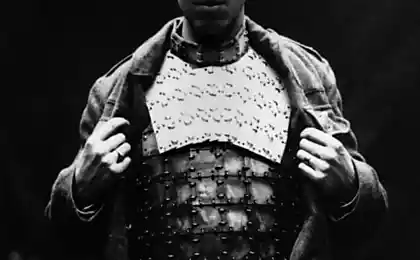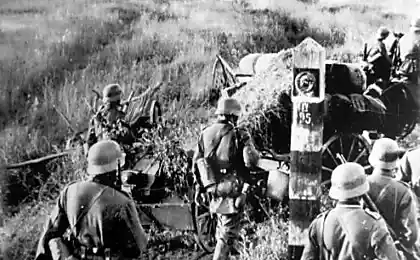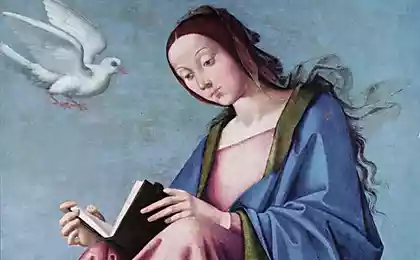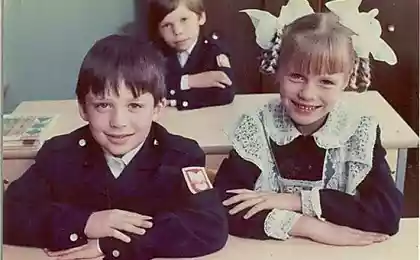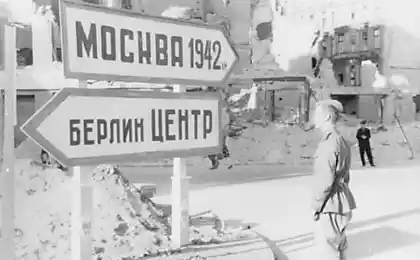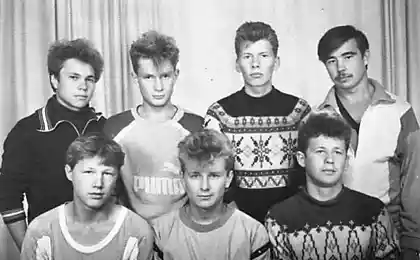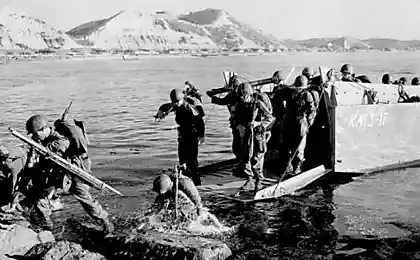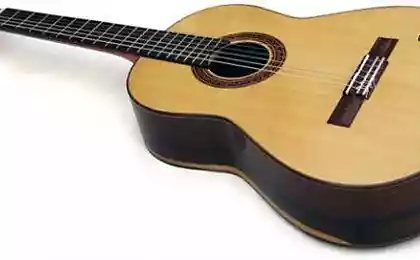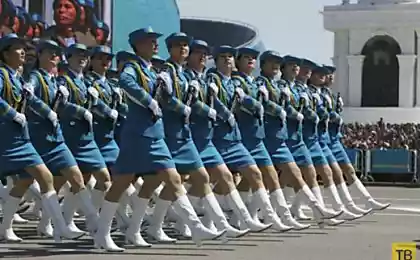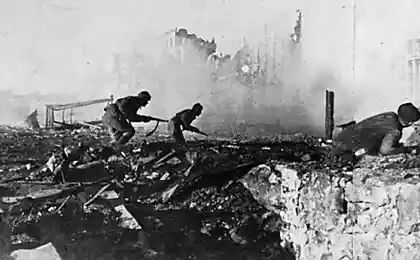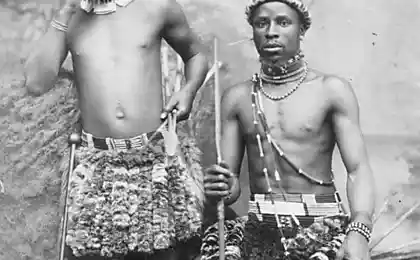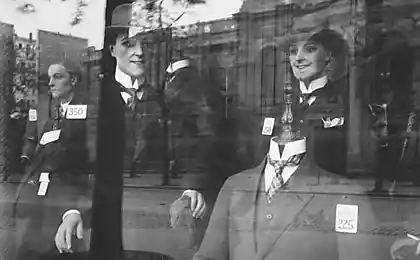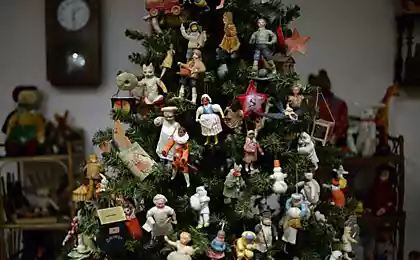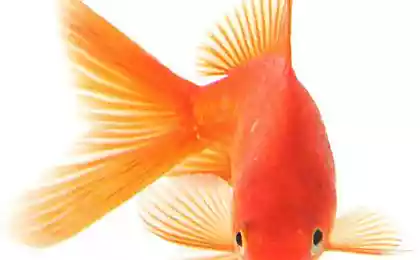1214
Dressed as soldiers Xix century
Military and civil fashion, rapidly developing a whole XVIII century., For the start of the Napoleonic Wars has undergone significant changes, forming easily recognizable silhouette of a man of the new century. Despite the greater functionality costume XIX century. in general, it does not only remain, but carefully preserved many unnecessary traditional elements, which have become purely decorative. Trendsetters, as under Louis XIV, the French remained, and their slightest innovations in uniforms, equipment and weapons invariably found followers in other European countries. At the same time the Russian Empire and the Prussian Kingdom, being the most conservative, to a lesser extent have been exposed to French influence.
11 photos
internetive.lv
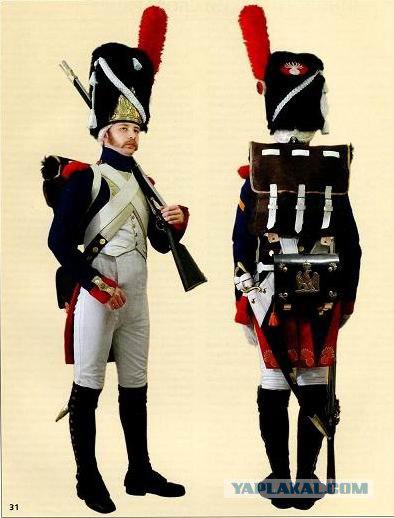
1. After donning a linen shirt stretched long stockings, which are fixed under the knees garters.
2. The cuffs of his shirt buttoned to the bone buttons. Clearly visible fashionable cut shirts with wide sleeves and long rear cloth.
3. Wear linen pants, and they dressed the bottom edge of the shirt. After that fastened horn buttons on a wide belt and crotch pants.
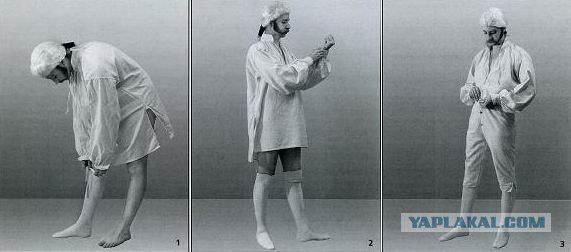
4. After fastening the buttons to tie shoelaces in the lower sections of the leg pants. Incision on the back of the waist pants remains uncontracted.
5. Close-up shows tying lace on the leg pants. Thus allocated trouser support stockings and do not interfere with donning kyulot.
6. After fastening the buttons on pants and tying their legs from the bottom, you must pull the drawstring at the waist pants slit from behind.
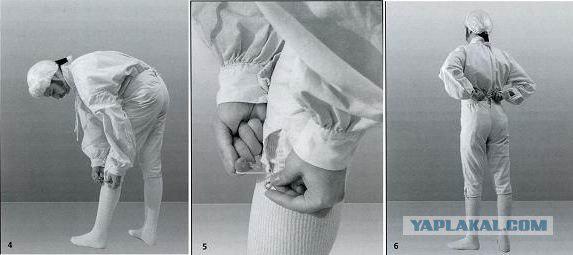
7. linen ribbon are fastened to the collar of his shirt. Seen a long incision on the chest of his shirt, the bottom reinforced linen detail in the form of a heart.
8. Over the pants worn canvas Pantaloons and bone buttons fastened on their belt. In the narrow tailoring kyulot extremely important to observe the slim silhouette.
9. After fastening the belt fastened flap kyulot latsbant. This unusual detail was needed in the administration of natural needs.
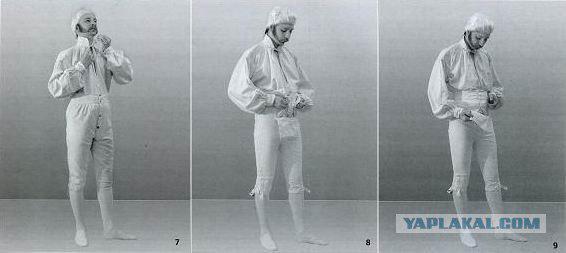
10. Close-up shows of seat latsbanta. This flap was single cut with Pantaloons and on the edges of reinforcing strips of double-layer fabric.
11. Close-up shows how, after fastening buttons with removable brass buckles fixed narrow canvas straps leg.
12. Behind the buttons on the belt clip on kyulot ends linen braces, straps which, passing through the back and shoulders are thrown forward, fixing buttons on the front.
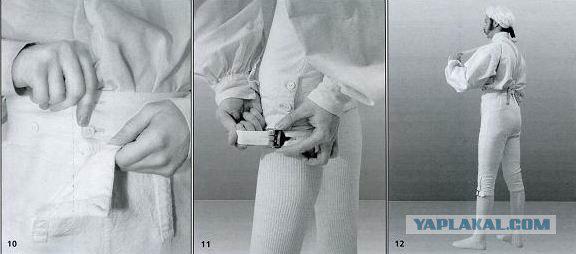
13. After fastening the front suspenders, worn black linen tie with metal buckle and rough leather boots with solid brass buckles.
14. Close-up shows a tie clasp and silver-plated hairpin-grenades on the spit powdered hairstyles. Clearly visible long locks of hair, braided braids on the sides.
15. Wearable breasted linen jacket. Contrary to the statutory requirements, often sewed vests sleeveless tunic sleeves were as narrow enough.
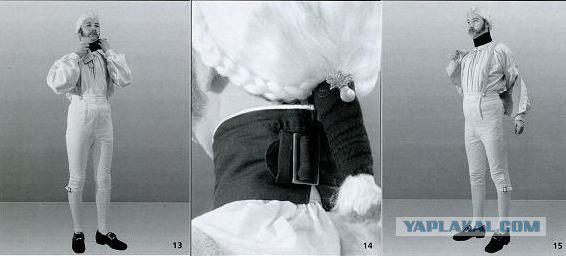
16. Vest zips in front brass buttons; its bottom side close side buttons latsbanta. Of the two pockets of his waistcoat, acting was just right.
17. put on and fastened with black cloth gaiters. Ultimately legs below the knees are tightened laces pants, thongs and straps kyulot gaiters.
18. Close-up shows how, after fastening the buttons on the outside of the legs, using brass buckles fixed cloth popliteal remeshokm
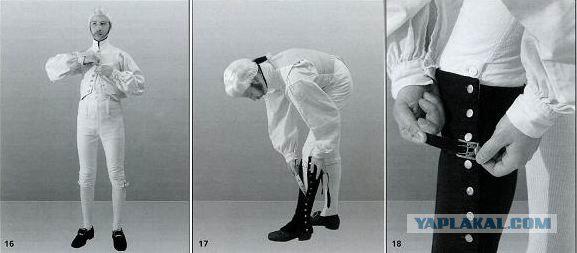
19. Over the vest worn cloth uniform. According distributed at the beginning of the nineteenth century. fashion, all items uniforms sewn very narrow, precisely the figure that looked good, but hurt to move freely.
20. After initially put right shoulder sling polusabli, which is then shifted so that the weapon was located behind the left thigh.
21. Over polusabli sling over his left shoulder girdle worn cartridge bag, which is then shifted so that the scrip was located behind the right thigh.

22. Close-up shows how, after putting on gear cartridge scrip leather half-belt is fastened to the lagoon buttons on a sling polusabli. As differences laid Guard strap ammunition sum foot grenadiers and chasseurs carved in the form of a flaming grenade. Clearly visible manner on the hilt tying Lanyard polusabli.
23. Close-up shows a general view of equipment after fixing the cartridge bag. This method of attachment was necessary because when walking and performing tricks polusabli combatant and cartridge scrip shifted to one side. Clearly visible brass ornaments cover Guards cartridge bag as the imperial eagle and the glowing grenades.
24. Close-up shows how, after putting both the bond equipment and fastening strap cartridge bag attached woolen epaulettes. Valves epaulette pass through a transverse counter-straps and fastened on top of the bond to the brass buttons at the collar of his uniform. Guards epaulettes made of red braid special pattern.
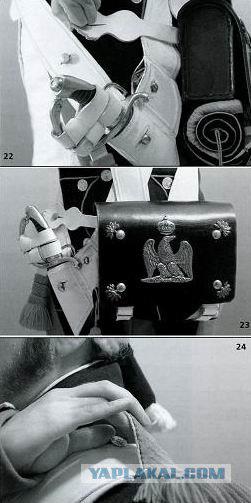
25. Close-up shows how the leather laces tied etishket down the left side of the hat.
26. Close-up shows how, after threading rackets with tassels through the loop back etishket plaits tied at the top on the right side of the hat.
27. Close-up shows how, after fixation of both Kosice etishketa racket, separately at the top of the front cap tied single brush.
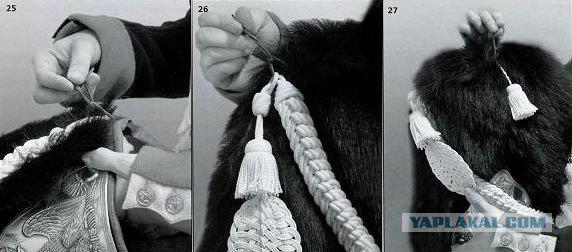
28. Over the bond equipment and valves epaulettes worn leather strap fur knapsack. When hiking backpack on top form could be fastened skatka overcoat.
29. Worn front fur hat. It is worth noting that the narrow tailoring uniforms and hard leather straps equipment greatly hampered movement.
30. In the end, put the last thing uniforms - white leather gloves, among others distinguishing the guards from their military colleagues.
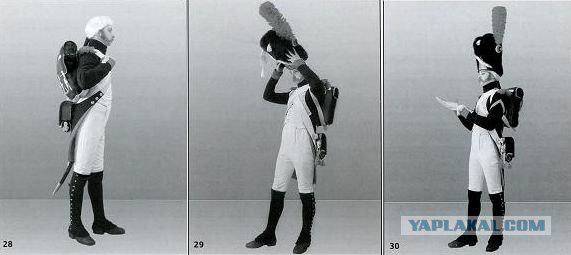
31. General view of the foot grenadiers of the Old Guard in the 1810-1814 biennium. in dress uniform. The only difference between the full dress uniform were white socks.
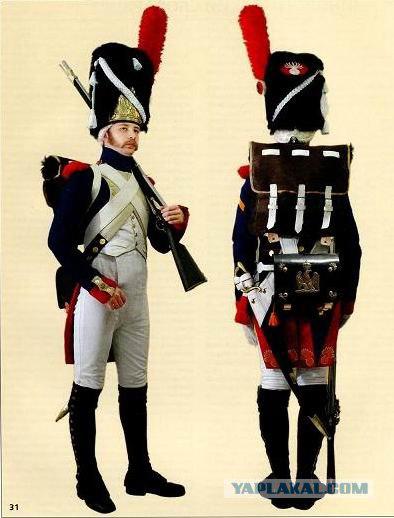
Source:
11 photos
internetive.lv

1. After donning a linen shirt stretched long stockings, which are fixed under the knees garters.
2. The cuffs of his shirt buttoned to the bone buttons. Clearly visible fashionable cut shirts with wide sleeves and long rear cloth.
3. Wear linen pants, and they dressed the bottom edge of the shirt. After that fastened horn buttons on a wide belt and crotch pants.

4. After fastening the buttons to tie shoelaces in the lower sections of the leg pants. Incision on the back of the waist pants remains uncontracted.
5. Close-up shows tying lace on the leg pants. Thus allocated trouser support stockings and do not interfere with donning kyulot.
6. After fastening the buttons on pants and tying their legs from the bottom, you must pull the drawstring at the waist pants slit from behind.

7. linen ribbon are fastened to the collar of his shirt. Seen a long incision on the chest of his shirt, the bottom reinforced linen detail in the form of a heart.
8. Over the pants worn canvas Pantaloons and bone buttons fastened on their belt. In the narrow tailoring kyulot extremely important to observe the slim silhouette.
9. After fastening the belt fastened flap kyulot latsbant. This unusual detail was needed in the administration of natural needs.

10. Close-up shows of seat latsbanta. This flap was single cut with Pantaloons and on the edges of reinforcing strips of double-layer fabric.
11. Close-up shows how, after fastening buttons with removable brass buckles fixed narrow canvas straps leg.
12. Behind the buttons on the belt clip on kyulot ends linen braces, straps which, passing through the back and shoulders are thrown forward, fixing buttons on the front.

13. After fastening the front suspenders, worn black linen tie with metal buckle and rough leather boots with solid brass buckles.
14. Close-up shows a tie clasp and silver-plated hairpin-grenades on the spit powdered hairstyles. Clearly visible long locks of hair, braided braids on the sides.
15. Wearable breasted linen jacket. Contrary to the statutory requirements, often sewed vests sleeveless tunic sleeves were as narrow enough.

16. Vest zips in front brass buttons; its bottom side close side buttons latsbanta. Of the two pockets of his waistcoat, acting was just right.
17. put on and fastened with black cloth gaiters. Ultimately legs below the knees are tightened laces pants, thongs and straps kyulot gaiters.
18. Close-up shows how, after fastening the buttons on the outside of the legs, using brass buckles fixed cloth popliteal remeshokm

19. Over the vest worn cloth uniform. According distributed at the beginning of the nineteenth century. fashion, all items uniforms sewn very narrow, precisely the figure that looked good, but hurt to move freely.
20. After initially put right shoulder sling polusabli, which is then shifted so that the weapon was located behind the left thigh.
21. Over polusabli sling over his left shoulder girdle worn cartridge bag, which is then shifted so that the scrip was located behind the right thigh.

22. Close-up shows how, after putting on gear cartridge scrip leather half-belt is fastened to the lagoon buttons on a sling polusabli. As differences laid Guard strap ammunition sum foot grenadiers and chasseurs carved in the form of a flaming grenade. Clearly visible manner on the hilt tying Lanyard polusabli.
23. Close-up shows a general view of equipment after fixing the cartridge bag. This method of attachment was necessary because when walking and performing tricks polusabli combatant and cartridge scrip shifted to one side. Clearly visible brass ornaments cover Guards cartridge bag as the imperial eagle and the glowing grenades.
24. Close-up shows how, after putting both the bond equipment and fastening strap cartridge bag attached woolen epaulettes. Valves epaulette pass through a transverse counter-straps and fastened on top of the bond to the brass buttons at the collar of his uniform. Guards epaulettes made of red braid special pattern.

25. Close-up shows how the leather laces tied etishket down the left side of the hat.
26. Close-up shows how, after threading rackets with tassels through the loop back etishket plaits tied at the top on the right side of the hat.
27. Close-up shows how, after fixation of both Kosice etishketa racket, separately at the top of the front cap tied single brush.

28. Over the bond equipment and valves epaulettes worn leather strap fur knapsack. When hiking backpack on top form could be fastened skatka overcoat.
29. Worn front fur hat. It is worth noting that the narrow tailoring uniforms and hard leather straps equipment greatly hampered movement.
30. In the end, put the last thing uniforms - white leather gloves, among others distinguishing the guards from their military colleagues.

31. General view of the foot grenadiers of the Old Guard in the 1810-1814 biennium. in dress uniform. The only difference between the full dress uniform were white socks.

Source:
